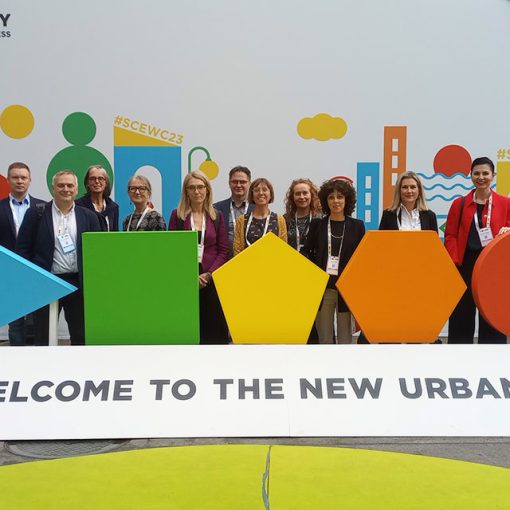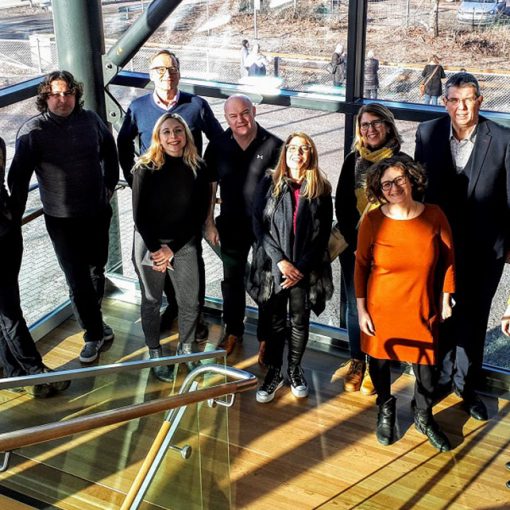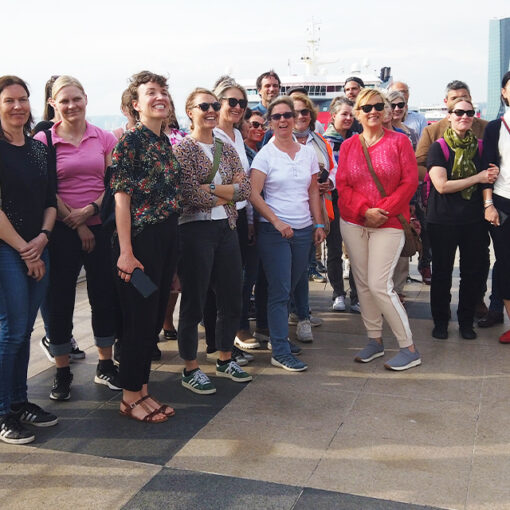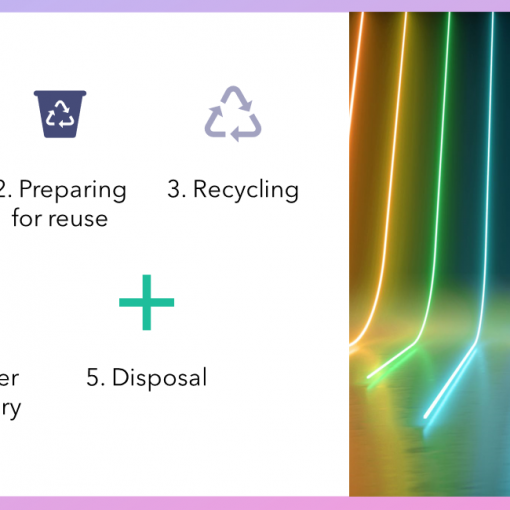The world’s population is constantly growing, and in 2050 the population will grow to 10 billion. Therefore, food consumption will increase, and the demand for animal products will increase by 70% as well. However, already now part of the population is starving, and agriculture occupies huge areas taken from the forest, producing 25% of all greenhouse emissions. (Searchinger et al. 2018, 1.)
Problematic gaps
Population growth and consumption increase will cause a food gap – the difference in calories amount needed for production between current and future consumption. Compared to 2010, the planet will need to produce 56% more calories by 2050 to feed the population, and a new agricultural area will be needed. (Searchinger et al. 2018, 1.)
Also, climate change sets a severe challenge to global food production. To prevent further climate change and temperature rise, no more than 4 gigatons of CO2e emissions per year are expected from the agriculture industry. By 2050 the volume of emissions predicted to be equal to 15 Gt, keeping the unaltered production approach. Thus, the greenhouse gas (GHG) mitigation gap is 11 Gt. (Searchinger et al. 2018, 1.)
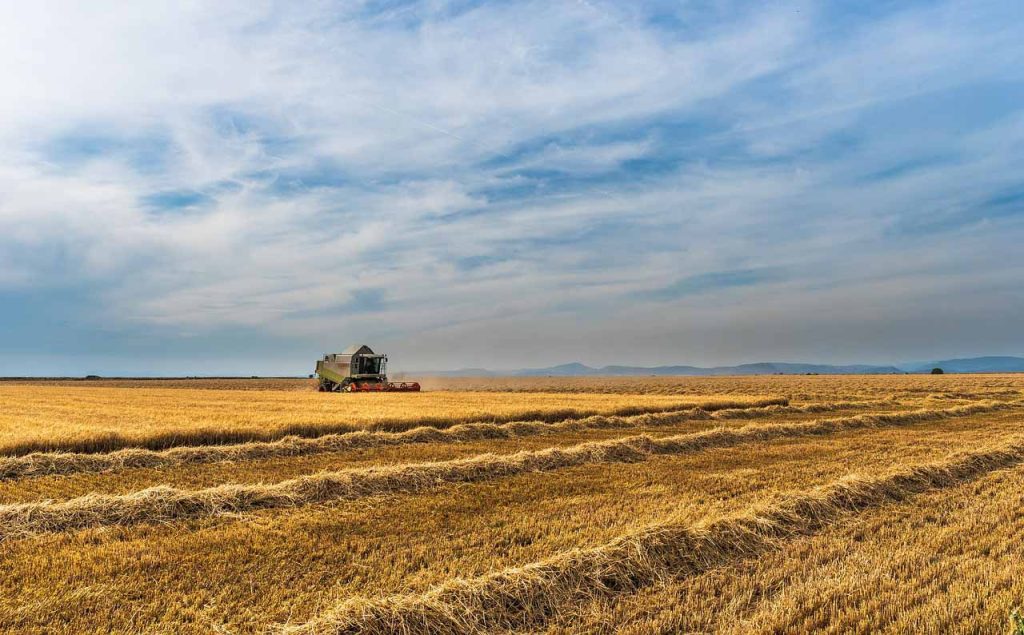
To reduce the gaps, it is necessary to decrease demand of animal products. Simultaneously, there should be an increase in food production. In addition, agriculture greenhouse emissions are to be reduced, and forests should be restored on the site of former agricultural fields. (Searchinger et al. 2018, 1.)
Consequences of inaction
If humanity does nothing, by 2040 the average planet temperature will be 2 degrees higher. Warming changes crops growing area, as they are very demanding to climatic conditions, and this can cause worldwide harvest failures. (Tal 2020.)
The regions with the greatest climate change are located between 30 and 45 longitudes. These territories are growing the major planet food amount. Considering all the above, food production may fall by 18% by 2050. At the same time, to feed the entire Earth population, food production should increase by 56%. Food shortages and increased prices on it can cause clashes between the population and the police. However, with the climate warming, some northern countries will be able to grow more grain, which may lead to food manipulation to get money and power. (Tal 2020.)
Meat consumption is too high
The traditional diet of a developed country population contains a high amount of meat, and its production requires a lot of resources. 1 kg of beef production requires 5 kg of grain and 5000 litres of water. Cattle eat the same food as humans – grain. Meat production for a small part of the population reduces food availability for the rest of the population and increases grain prices due to the growing food shortage. (Tal 2020.) If we want to preserve peace on our planet, it is high time for us to change our eating habits and reduce meat consumption.
Governments and enterprises as well as other organizations are in key position to ensure
proactive actions in developing strategies for future sustainable food production (Kirubanandan 2023). This way the effect of extreme weather conditions could also be mitigated, and this way ensure better anticipation to accessing food to everyone on the planet.
This blog is written as part of LAB’s study course Sustainable Innovation Ecosystems in Circular Economy and the study course is implemented in co-operation with Viljaklusterin Pilot Plant ERDF Project.
Authors
Anastasiia Baranova is a Bachelor of Business administration student at LAB University of Applied Sciences.
Sari Jokimies works as a senior lecturer at LAB University of Applied Sciences.
References
josealbafotos. 2016. Alba, J. A. Field farming harvest. Pixabay. Cited 20 Apr 2023. Available at https://pixabay.com/photos/field-farming-harvest-village-corn-1447690/
Kirubanandan, S. 2023. How to mitigate the effects of climate change on global food security. World Economic Forum. Cited 10 May 2023. Available at https://www.weforum.org/agenda/2023/04/mitigate-climate-change-food-security/
Searchinger, T., Waite, R., Hanson, C. & Ranganathan, J. 2018. Creating A Sustainable Food Future: Synthesis Report. World Resources Institute. Cited 19 Apr 2023. Available at https://research.wri.org/sites/default/files/2019-07/creating-sustainable-food-future_2_5.pdf
Tal, D. 2020. Climate change and food scarcity in the 2040s: Future of Food P1. Quantumrun. Cited 21 Apr 2023. Available at https://www.quantumrun.com/macro-prediction/climate-change-and-food-scarcity-2040s-future-food-p1

